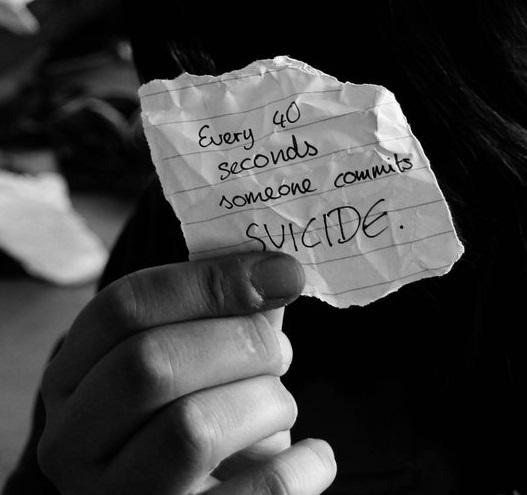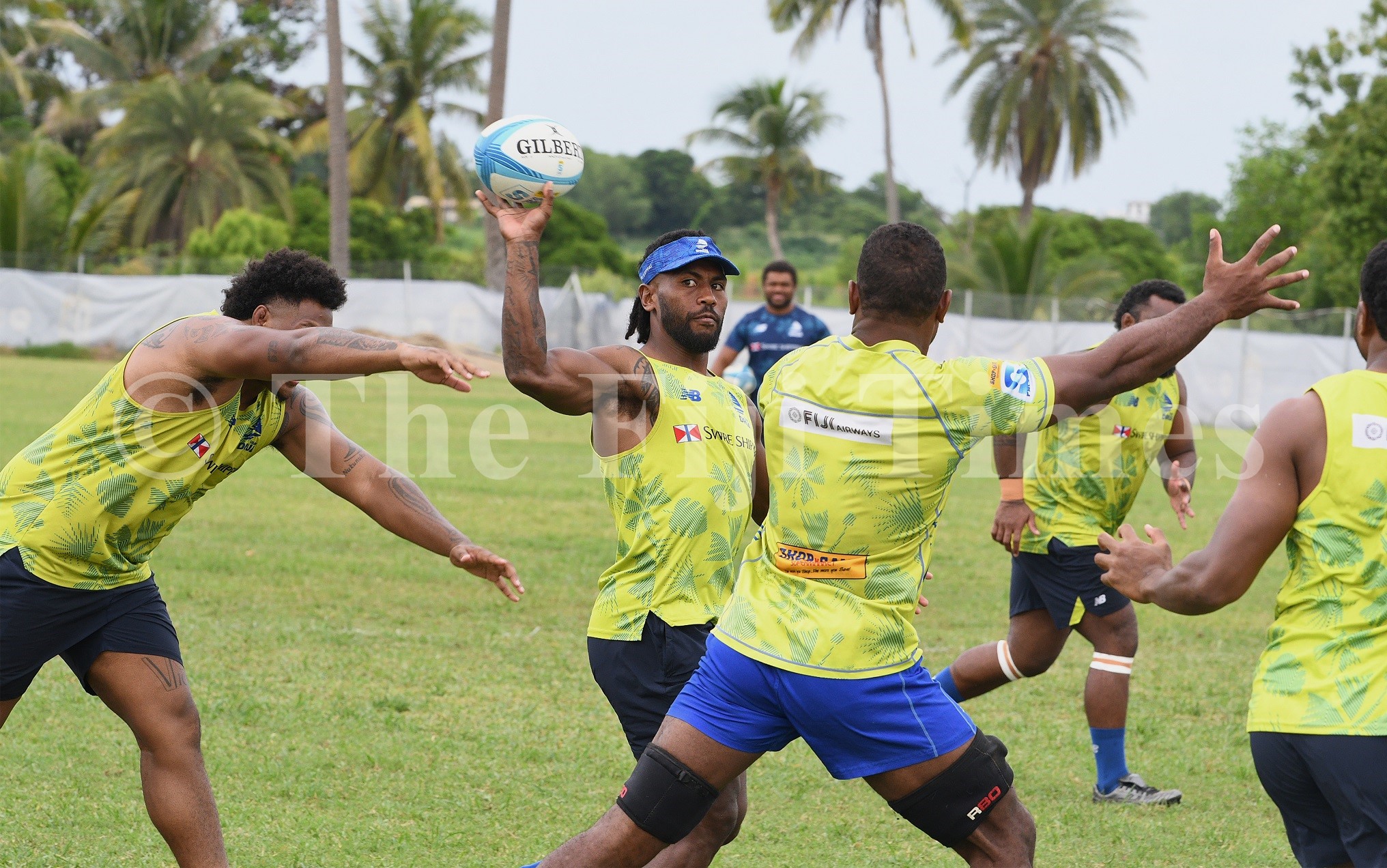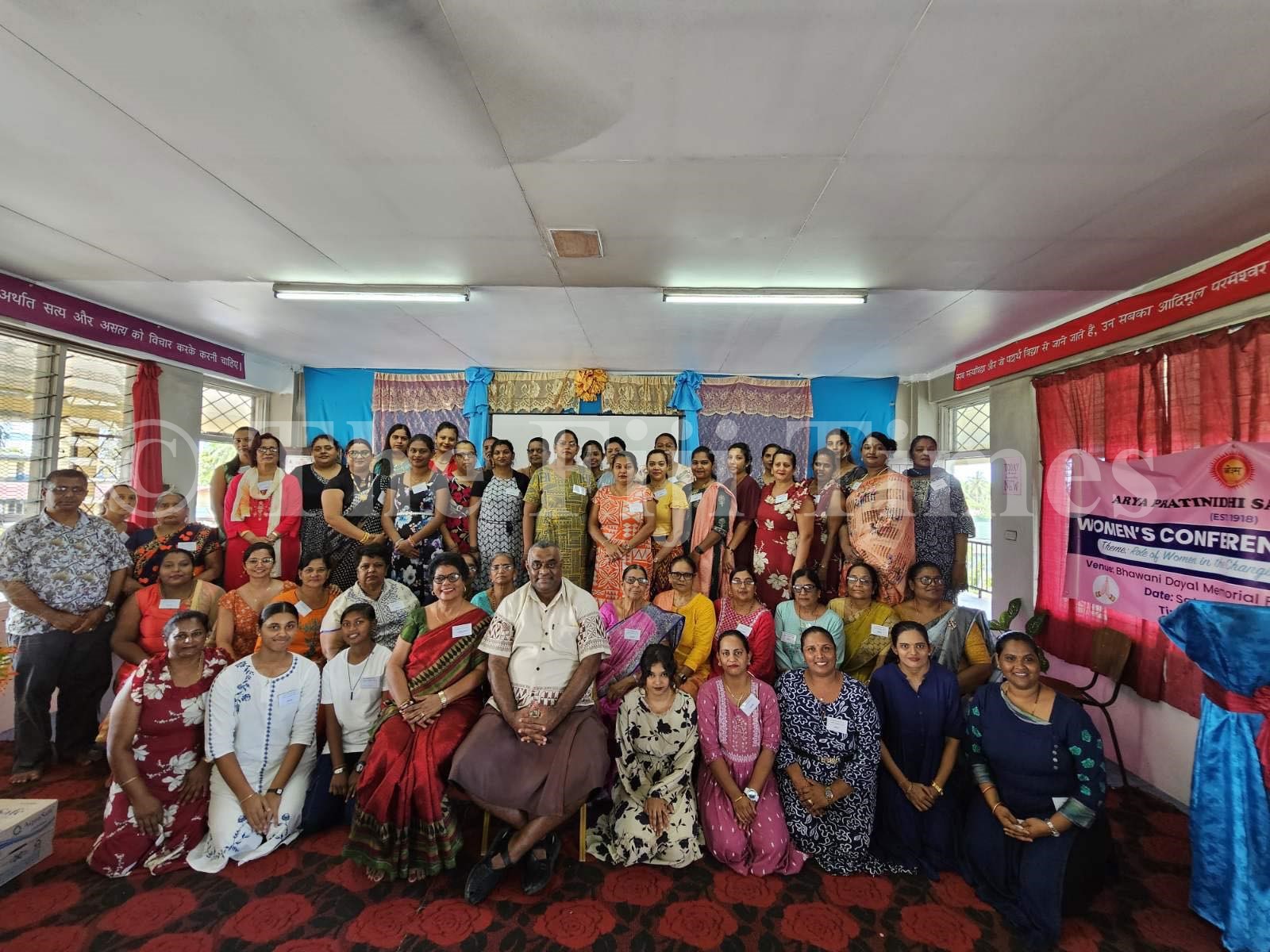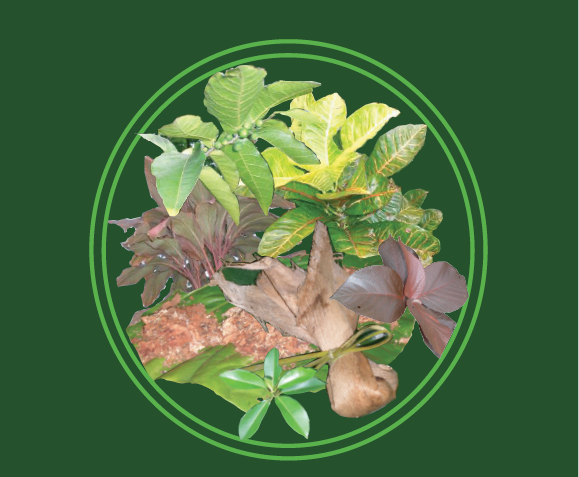THE latest statistics on suicide reported extensively in the media this week show the problem, which has been on the increase for a while, is slowly spiralling out of control.
It also calls for meaningful dialogue, engagement and collaboration at all governance levels in order to find means of addressing the issue.
According to Fiji Police Force records there have been 70 suicides so far this year, surpassing the number of road deaths for the same period last year.
And even more shocking is the fact that in January alone, 46 people took their lives, meaning that every day at least one life was lost and 35 of them were aged 26 years and above.
Interestingly, 55 males committed suicide while 43 attempted compared with 15 female suicides and 37 attempts.
It would be interesting to look at figures over the past decade or two, to find if we can deduce a few consistent trends and devise appropriate intervention programs.
Nevertheless, from the latest statistics, a few things seem clear: suicide is on the rise, more males are killing themselves and most suicides and attempted cases are committed by people in the most productive years of their lives (26+).
But while this may be shocking to some, our domestic suicide figures seem consistent with global trends.
In its latest report, the World Health Organisation says about 800 000 people in the world die because of suicide every year, which is one person every 40 seconds.
“Suicide is the second leading cause of death among 15-29-year-olds globally,” the report said.
WHO adds 79 per cent of suicides occurred in low and middle-income countries in and accounted for 1.4 per cent of all deaths worldwide, making it the 18th leading cause of death in 2016.
The 2017, Fiji population census results show half of Fiji’s population is below the age of 27.5 which means if current suicide trends continue then an important portion of our population could be affected.
Regional records are already telling us the Pacific Islands, including Fiji, have some of the highest numbers of suicides in the world, with youth rates recording more than double the global average.
Just this week, the Fiji police and the National Substance Abuse Advisory Council, revealed that 630 youths between the ages 11 and 25 killed themselves from January 2011 to September 2018.
The question we must start asking ourselves is what local factors are behind the growing number of suicide among Fijians, who are often fondly touted the “happiest people on earth” and what can we do together to arrest growing numbers.
The breakdown in our family, cultural and religious values can be a major determinant.
As we become more individualistic and economic-driven, we become less receptive to the interest of vulnerable communities and citizens.
“People are not talking to each other anymore,” psychotherapist Selina Kuruleca, who believes suicide numbers were alarming, told this newspaper.
Some experts and researches attribute the advancement of digital communications technology and its wide use as a probable reason behind increased suicide numbers.
A US research in 2017, for instance stated the rise in teenage suicide was connected to the popularity of social media use, adding teenagers who used social media often were “14 per cent more likely to be depressed” than those who used it less frequently.
Youth Champs for Mental Health member Matthew Galuvakadua agrees social media use may be a contributing factor.
“Everyone’s caught up with what’s happening with themselves which we believe has to do with smart technology. They are worried about “likes” and “comments” on their social media status and don’t notice people around them,” he said.
Police spokeswoman, Ana Naisoro, was spot-on when she said parents needed to talk to their children and people needed to “be attentive to each other’s needs”.
“It is important to look out for indicators of depression, anxiety, self-harm and substance abuse,” says Medical Services Pacific (MSP) executive director Jennifer Poole, who believes sound mental health was key to coping with problems and contributed to people’s “ability to make healthy choices”.
National Committee on the Prevention of Substance Abuse member (NCOPS), Mohammed Hassan Khan said suicide numbers were disturbing. He has called for proper research to ascertain the economic cost of this dilemma.
In April last year, a National Symposium on Suicide Prevention was organised in response to the notable increase in suicides and attempted suicides which the late Isikeli Ligairi, then Fiji’s assistant police commissioner, said was shocking.
“There are several circumstances that lead to the rise in suicide and attempted suicide cases. These include domestic disputes, relationship problems, rejection by a partner’s family, family arguments, financial obligations, humiliation by persons in authority,” Mr Ligairi was quoted in the media as saying.
Ms Kuruleca adds citizens should pay attention to contributing factors such as bullying, stress, anger and substance abuse.
Mr Galuvakadua believes despite the fact that most suicides were committed by males, especially those in their productive years, little was available for them in terms of support networks and education.
“There are talks of creating one (program) focused on men’s health issues and we hope this will bring issues to the fore.”
Global studies suggest more young men resort to suicide than women because they were less willing to discuss their problems with others because of the belief this was a sign of weakness.
Our legal framework of laws must be improved too. Proper research must be carried out to allow evidence-based recommendations than can help influence and strengthen public health policies and decisions oriented towards prevention.
We must ensure all stakeholders, especially those living with mental health problems, are included in the development process of any law or policy relating to suicide.
Also, mental health services, as a component of public health must be sufficiently funded and resourced, including the provision of skilled health care workers.
Furthermore, authorities must commit to implementing the Fiji National Mental Health and Suicide Prevention Policy.
Developed in 2015, the policy, among other things, aims at providing :
- mental health services to provide all Fijians with timely access to high quality, coordinated care appropriate to their condition and circumstances;
- a dedicated mental health budget for the successful implementation of this policy, strategic plan and mental health legislation; and
- essential psychotropic medications, medical products and technology to be continuously and consistently available at all facilities providing mental health services.
More political will is needed to realise the commitments above. Hopefully this will be addressed in upcoming political campaigns.
Lastly, and perhaps the good news is that, no matter how grave suicide may seem as an issue, it is a man-made problem and is largely preventable.
But to deal with the issue there needs to be input from all stakeholders concerned – the public sector, civil society, private sector, the media and individual citizens.
In other words, there cannot be a bystander on this issue. Everyone has a role to play!





